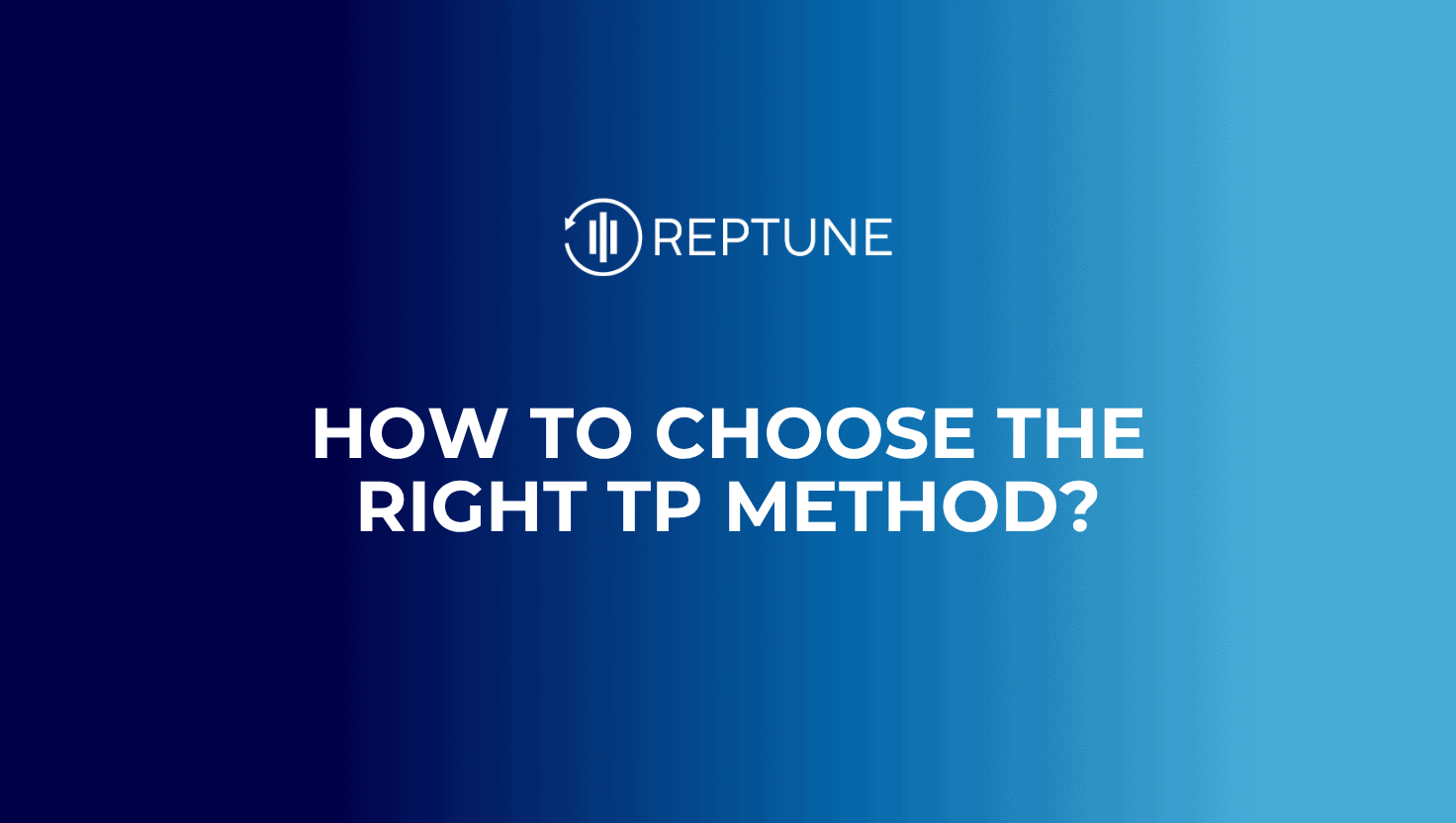
Transfer pricing remains one of the most scrutinized areas of corporate tax compliance for multinational enterprises (MNEs). Selecting the right transfer pricing method isn’t just about meeting regulatory requirements—it’s about aligning your pricing model with the commercial reality of your operations and defending your approach before tax authorities across diverse jurisdictions.
Whether you’re pricing intercompany sales of goods and services, managing intangible assets, or allocating group-wide profits, understanding transfer pricing methodology under the arm’s length principle is essential. In this guide, we walk through the key transfer pricing methods, explain how to choose the most suitable approach, and highlight real-world legal cases that show what happens when method selection is challenged.
Historically, the OECD Guidelines favored traditional methods like the comparable uncontrolled price (CUP), resale price, and cost plus method. However, since the 2010 revision, the Guidelines emphasize selecting the “most appropriate method” rather than adhering to a fixed hierarchy.
This shift gives taxpayers greater flexibility—but also places a greater burden on them to justify their method selection based on the specific facts of the controlled transaction.
Definition: Compares the price charged in a controlled transaction to the price charged in a comparable uncontrolled transaction.
Best for: Commodity sales, financial instruments, intra-group loans.
Real Case:
In the Yara vs Dutch Tax Authorities case (2025), the DTA challenged the use of the cost-plus method for 39% of fertilizer production sold to a related Swiss entity. The court ruled in favor of using internal CUP, as the remaining 61% was sold to third parties at market price. The DTA used internal comparables to reject the low-risk structure. This decision confirmed that if CUP is available with a high degree of comparability, it should be preferred.
Definition: Adds a markup to production costs to determine the arm’s length price of goods or services sold to a related party.
Best for: Contract manufacturing, routine services.
Real Case:
In Iceland’s first transfer pricing case (2024), a taxpayer used the cost-plus method (with a 50% markup) for selling algae-based products to its Irish parent. The Icelandic tax authority challenged the cost base and included labor and depreciation, leading to a significant TP adjustment. The court sided with the authority, emphasizing the importance of aligning markup with actual functions, assets, and risks.
Definition: Calculates the transfer price by subtracting a gross margin from the resale price to independent customers.
Best for: Distributors who do not add significant value to the goods.
Real Case:
In Avic International Beijing (EA) Ltd v. KRA (Kenya, 2023), the taxpayer used the resale price method to value CKD kits sold to Kenya. However, the Kenya Revenue Authority rejected RPM due to significant local assembly functions and opted for transactional net margin method (TNMM). The Tribunal upheld TNMM, emphasizing that RPM is unsuitable when substantial transformation occurs post-import.
Definition: Evaluates net profit relative to an appropriate base (e.g., costs, sales, assets) earned by the less complex party in the transaction.
Best for: When comparables for gross margins are hard to find.
Real Case:
The Italian Supreme Court ruling in October 2024 (Judgment No. 26432) affirmed the Italian tax authority’s use of TNMM over CUP for a packaging machine manufacturer. The court found TNMM better suited for evaluating the distributor’s net profit given the group’s structure and data limitations. The decision also clarified that OECD Guidelines are not legally binding but serve as “technical norms.”
Definition: Divides the total profits from controlled transactions based on each party’s contributions.
Best for: Unique, high-value intangibles or integrated operations.
Real Case:
In GlaxoSmithKline (US Tax Court, 2006), the IRS used the profit split method, arguing that both the UK and US entities contributed significantly to pharmaceutical IP development and marketing. Though settled out of court, the case reinforced that profit split is preferred when both parties contribute unique intangibles.
Choosing the right transfer pricing technique depends on:
A good rule: If market price data is robust and available, start with CUP. Otherwise, TNMM is often the most defendable due to availability of net margin benchmarks.
For any chosen method, documentation is key. MNEs must maintain a master file, local file, and country-by-country report (CbCR) that clearly articulate the rationale for method selection, the financial analysis used, and evidence supporting the price charged.
Tax authorities in various jurisdictions—like the UK, Italy, the Netherlands, and Iceland—expect a thorough audit trail.
Reptune enables multinational corporations to:
Whether you’re implementing a new transfer pricing method or reviewing an old one, Reptune empowers your compliance with technology and expertise.
Choosing the right transfer pricing method is not just a technical decision—it’s a strategic one. As shown in recent court rulings from Italy, Kenya, the Netherlands, and Iceland, tax authorities are increasingly scrutinizing intercompany transactions for consistency, reliability, and economic substance.
For MNEs, the safest path is to document everything, apply methods logically, and be ready to defend the chosen pricing method against legal and tax authority scrutiny.
Book a demo with Reptune and stay ahead of compliance in every tax jurisdiction.
